Morane-Saulnier MS.760 Paris French Navy
Production Time 9 to 10 weeks
Shipment is by FedEx, UPS or DHL International Express Courier with a normal door-to-door delivery time worldwide of within 2-3 business days after dispatch. Due to the current volatility of world fuel prices, the amount mentioned here is our best estimate for DHL and UPS and may be subject to change at the time of shipping.

Model Description: Morane-Saulnier MS.760 Paris French Navy Wood Replica Scale Custom Model Aircraft
Manufacturer: Morane-Saulnier
Wingspan: 17 Inches (43.2 Centimeters)
Height: 4.3 Inches (10.9 Centimeters)
Scale: 1:24
Registration: F-AZLT
$239.50
Production Time 9 to 10 weeks
-
United States dollar ($)
-
Pound sterling (£)
-
Euro (€)
-
Australian dollar ($)
-
Canadian dollar ($)
-
Singapore dollar ($)
-
Swiss franc (CHF)
-
Japanese yen (¥)
-
Danish krone (kr.)
-
Hong Kong dollar ($)
-
Norwegian krone (kr)
-
Swedish krona (kr)
-
United Arab Emirates dirham (د.إ)
General Product Description
Our PlaneArt Morane-Saulnier MS.760 Paris French Navy model exhibits unique, unrivaled quality and detailed design to come as close as possible to the accuracy of the actual plane. It comes as standard with a robust, durable base or stand which is available in a variety of different finishes designed to match your own personal requirements including solid wood, wood with polished metal supports or adjustable wood wall mount and will be ready within about 9-10 weeks from placement of order.
The Morane-Saulnier MS.760 Paris French Navy model is made of the finest kiln dried renewable mahogany wood (commonly known as Lauan or Meranti) which has undergone many stages of carving and meticulous and careful sanding giving the beautiful, finished museum quality masterpiece. Many collectors and model connoisseurs demonstrate their preference for genuine handmade and hand painted mahogany wood models rather than plastic or die cast (diecast) alternatives due to the overall look and totally different feel of the item - we trust you will find the same. We can however, if required produce the same model in Solid Cast Resin so just click and contact us for further information. Our craftsmen and gifted artisans ensure that our finely handcrafted model airplanes match the precise blueprint details of the original aircraft. The paint scheme, markings and parts are closely matched, reflecting the original aircraft. This stylish top-quality desktop replica model will surely enthrall anyone who receives this as a gift and for sure one of the most appropriate and desirably collectable gifts for any aviation enthusiast or avid military jet aircraft collector whilst also displaying a perfect resemblance to the actual real life version.
There are many types of military jet aircraft, but the basic types are bombers, fighters, fighter bombers, spotter planes, transporters, patrol aircraft, trainers, and reconnaissance and observation aircraft. All these types of aircraft are used for different types of missions. If you're a fan of historic or present-day military aviation, our model aircraft will bring the excitement and character of these aircraft right into your own home.
If you require, we can also make the Morane-Saulnier MS.760 Paris French Navy model in any other military, government or even private livery or colour scheme you require and if necessary, in a different size or scale. Just click here to contact us with a description or photographs of what you require, and we will let you have a quotation for the necessary customization by return email. We can also make bespoke scale replicas of any other private / civil commercial airliner or airliners, helicopter, glider, gliders with engines, military propeller, warplane jets, biplane, triplane, tail fin, spacecraft, rocket or NASA model you require in any airline, military or civilian livery or colors. We also produce model airships, blimps, dirigibles, blimps, boats, and ship collectibles. Wall plaque or seal for military, government or private customers. Again, by clicking here to contact us just let us know exactly what you need.
The Morane-Saulnier MS.760 Paris in the French Navy: A Historical Perspective
The Morane-Saulnier MS.760 Paris jet holds a unique place in aviation history, especially within the French Navy. Developed in the 1950s as a light jet trainer and liaison aircraft, the MS.760 was not only a domestic icon but also an important asset in military aviation circles. This article delves into the history, usage, and legacy of the MS.760 Paris within the French Navy.
Development and Design:
The Morane-Saulnier MS.760 Paris was initially developed by the French aircraft manufacturer Morane-Saulnier, which later became part of Aerospatiale. The aircraft was designed in response to a 1953 requirement from the French Armée de l’Air (Air Force) for a jet-powered trainer. Featuring a sleek, straight-wing design, the MS.760 was powered by two Turbomeca Marboré turbojet engines, which were modest in power but reliable and efficient for the training roles envisaged.
The MS.760 made its first flight on July 29, 1954, and its design reflected a focus on simplicity and functionality. It could accommodate four persons in a pressurized cabin, a rare feature for light jets at that time, making it suitable for liaison and light transport roles in addition to training.
Role in the French Navy:
The French Navy adopted the Morane-Saulnier MS.760 Paris for various roles, including pilot training and light transport duties. The Navy’s selection of the MS.760 highlighted the aircraft’s versatility and suitability for carrier operations, thanks to its robust landing gear and relatively low landing speed, which made it ideal for the confined spaces of aircraft carriers.
In service, the MS.760 was instrumental in training naval aviators in jet operations, navigation, and tactics. It served as an intermediate step for pilots transitioning from propeller-driven trainers to high-performance jet fighters, bridging the gap with its relatively forgiving flight characteristics.
Operational History:
Throughout its operational history, the MS.760 Paris proved to be a reliable and cost-effective solution for the French Navy. It served not only in mainland France but also in overseas territories where the military presence necessitated versatile and robust aircraft. The aircraft’s operational ceiling and range were adequate for most training and liaison missions, further cementing its utility in a variety of naval roles.
Legacy and Retirement:
The longevity of the MS.760 in military service is a testament to its design and utility. It remained in service with the French Navy until the early 1990s, when more modern aircraft replaced it. Despite its retirement, the MS.760 Paris left a lasting legacy as one of the few jet trainers that successfully combined training and operational roles in a naval setting.
Several MS.760 aircraft found new life in civilian roles and in the fleets of other countries’ militaries, demonstrating the design’s durability and appeal. The aircraft is also remembered in various aviation museums, where it is celebrated as a piece of French aviation history.
Conclusion:
The Morane-Saulnier MS.760 Paris was more than just a training aircraft for the French Navy; it was a symbol of post-war French ingenuity and a workhorse that fulfilled multiple roles effectively. As such, the MS.760 is not merely a retired jet but a significant chapter in the story of naval aviation, reflecting the evolution of military training and operational strategies in the jet age. Its legacy continues to influence modern military aviation, underscoring the enduring value of versatile and robust aircraft designs.
| Weight | 6 kg |
|---|---|
| Dimensions | 16.8 × 17 × 4.3 in |

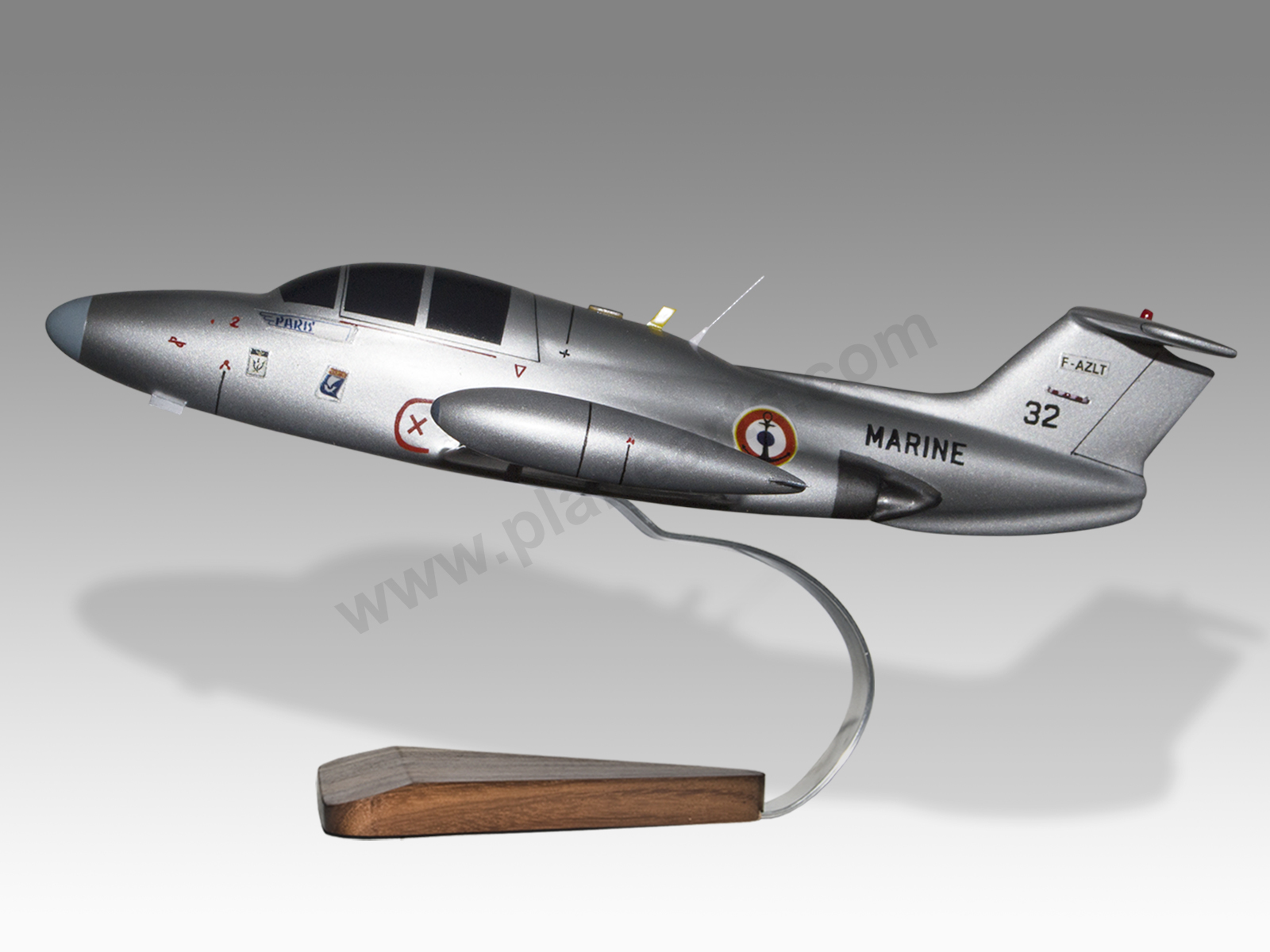
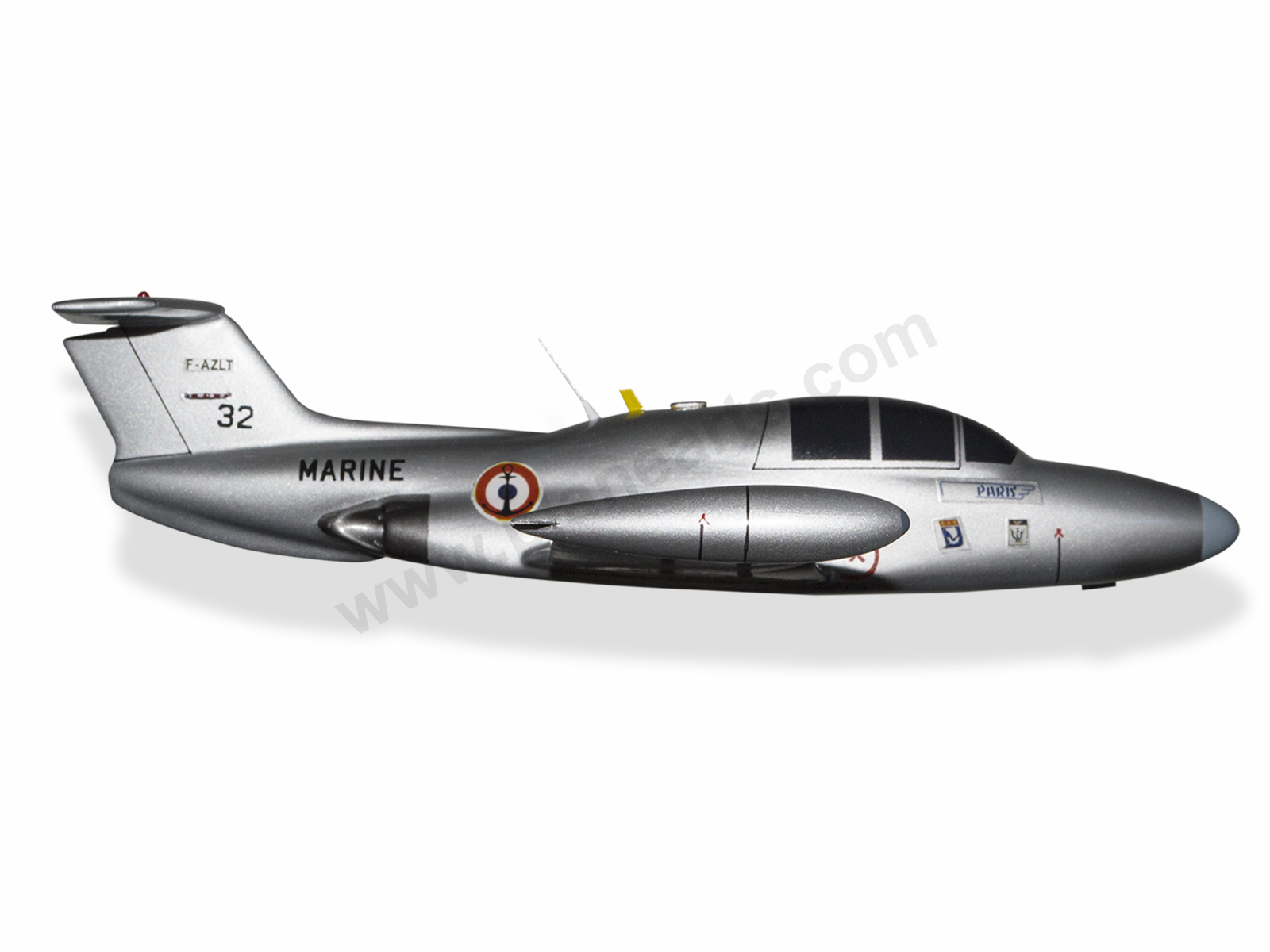
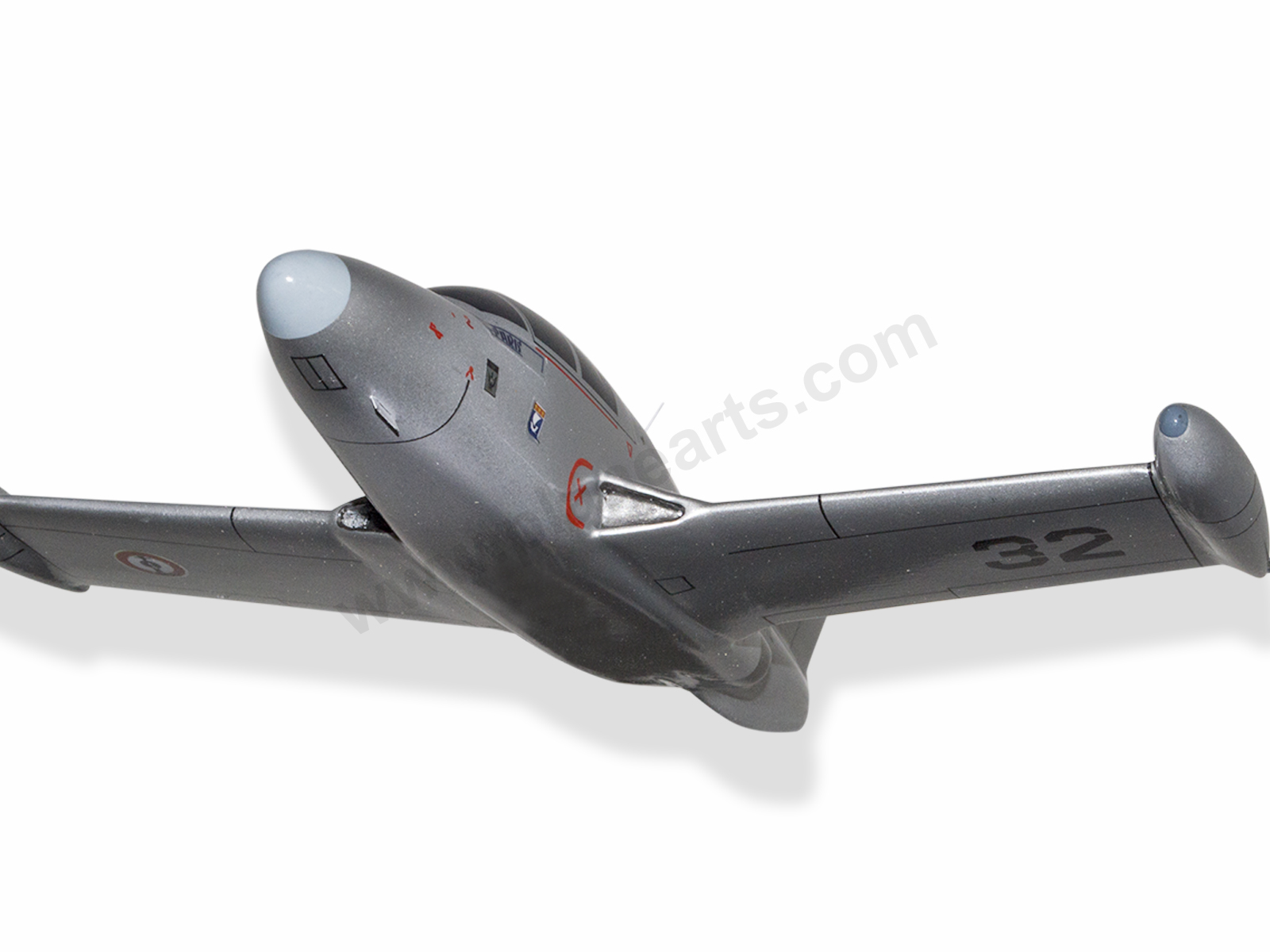
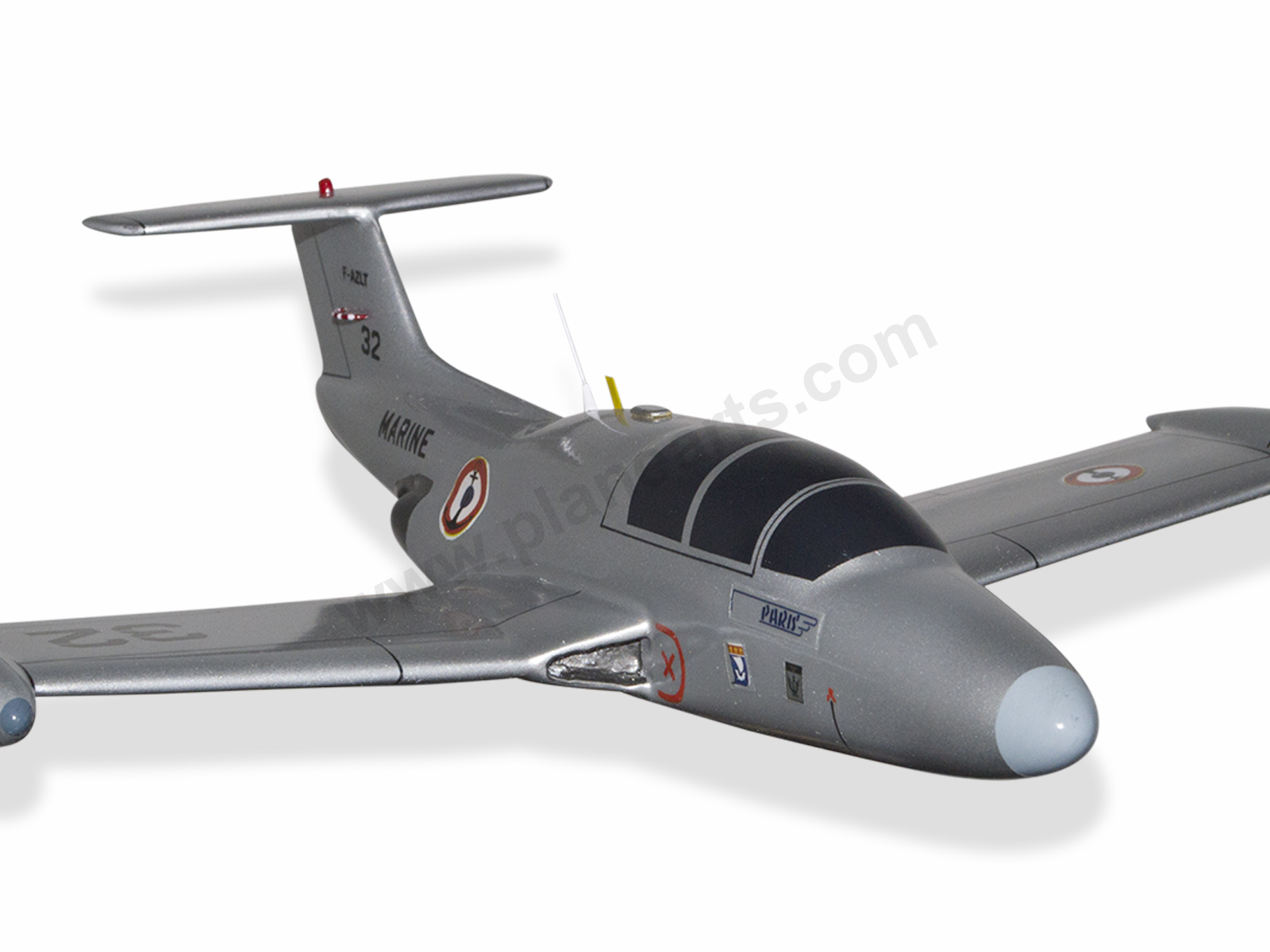
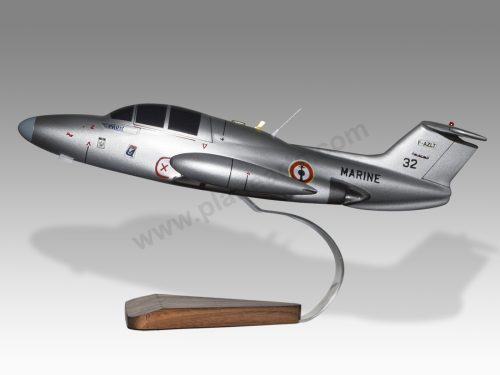
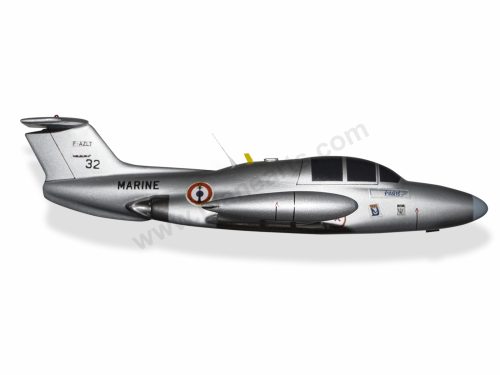
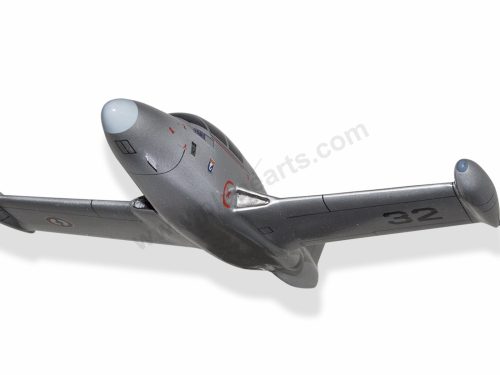
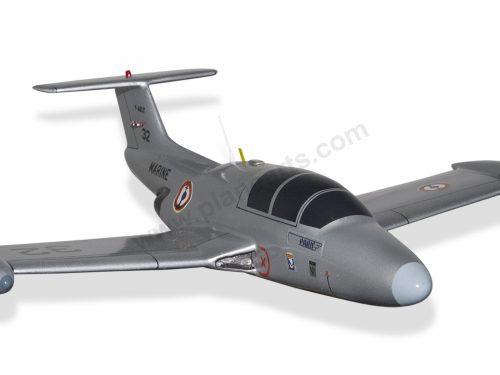
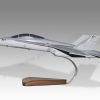
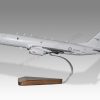
Reviews
There are no reviews yet.